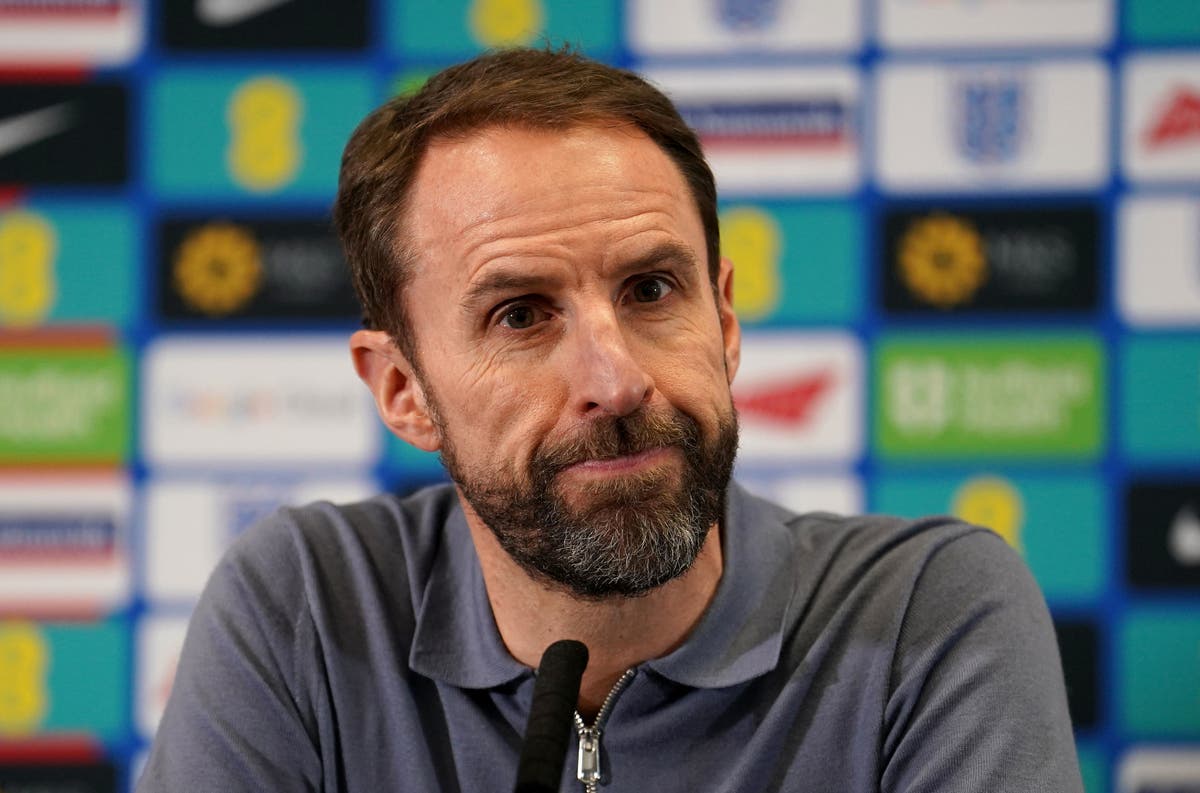Some great news and some not so good news. That’s the summary of the latest joint report from the United Nations Development Programme (UNDP) and the Oxford Poverty & Human Development Initiative. Titled Unpacking Deprivation Bundles to Reduce Multidimensional Poverty, the report is based on robust household survey data from 111 underlying developing countries and covers 6.1 billion people.
The 2022 global Multidimensional Poverty Index (MPI) follows a rigorous and objective approach, and in so doing yields important insights in cross-country analysis and on long-term trends. The MPI’s methodology identifies overlapping poverty indicators and therefore captures the intensity of deprivation and changes thereof. Deprivation is monitored across 10 indicators spanning health, education and standard of living. The weighted average score of each household is the MPI. If that deprivation score is one-third or higher, the MPI identifies the household as multidimensionally poor. By identifying who is poor and the nature and intensity of their poverty, the global MPI complements the international $1.90 a day poverty threshold.
First, the great news. In 15 years, starting from 2005, India has had as many as 415 million people exit poverty. This is the first time that we have evidence of China-like performance in poverty reduction. During this period, the incidence of poverty fell from 55.1% of our population to 16.4%. Even though India still has an unacceptably high number of poor, we can categorically state that India is no longer a “poor country”. As India’s population has quadrupled in the 75 years since Independence, India’s progress on poverty reduction has been steady, particularly in the last 30 or so years. India has made measurable progress on all 10 deprivation indicators. In 2019, my column used the World Poverty Clock estimates to suggest that India had made dramatic strides in reducing extreme poverty (bit.ly/3ziA0Y5). This report confirms that observation more rigorously.
Across 111 developing countries, 4.1 million poor people are deprived on all 10 indictors (that is a deprivation score of 10). As many as 3.8 million of them live in Sub-Saharan Africa, 214,000 in Arab states (dominated by Sudan) and about 110,000 in South Asia, concentrated in Afghanistan and Pakistan. For instance, Nepal has made dramatic strides in sanitation, Laos on multiple indicators like cooking fuel, electricity and housing, and Ethiopia in years of schooling. Ethiopia remains poor, with a 68.8% incidence of poverty just before the onset of the pandemic.
For India, the not-so-good news is that we still have the largest number of poor people worldwide (229 million). The urban-rural divide is stark. As many as 21.2% of our rural residents are poor, compared to only 5.5% of urban dwellers. Rural areas account for nearly 90% of all poor people in India, according to the report, with 205 million of the 229 million living there. In India, the most common ‘deprivation bundle’ comprises access to cooking fuel, housing, nutrition and sanitation. And tragically, more than one in five children (21.8%) are poor, compared with one in seven adults (13.9%). Unsurprisingly, even though the most improvement has been made in Bihar, Jharkhand, Chhattisgarh, Madhya Pradesh, Rajasthan and Uttar Pradesh (the so called ‘Bimaru’ states), they remain India’s most deprived, still. Odisha joins this deprived club. Karnataka, Maharashtra and Gujarat have much progress ahead to catch up with Kerala, Tamil Nadu, Delhi and Punjab.
The data used in the report incorporates only very few months of the pandemic. The asymmetric impact of covid is likely to have set back India’s dramatic progress. Some estimates suggest that school closures and food insecurity may have contributed to many years of regression on this count. We will know more about the pandemic impact as the first reports from post-pandemic household surveys begin to arrive next year.
One positive outcome of evaluating ‘deprivation bundles’ is that it helps us re-orient public policy. Deprivations in people’s access to nutrition, cooking fuel, sanitation and housing need to be addressed on priority. The remarkable progress made in distributing basic calories through our public distribution system must now be oriented towards distributing ‘nutrition’.
That progress was enabled by the success of Aadhaar in targeting beneficiaries with reduced waste and very few fake claimants. The same architecture can be used for a more balanced food distribution system that includes healthier macro and micro-nutrients and protein. Perhaps a more robust real-time system can be added to enable access to perishables like eggs, vegetables and fruits.
Subsidized cooking fuel benefits from the same architecture, but its penetration needs to be deepened in rural areas. The Ujjwala scheme estimates that cooking gas penetration in India is nearly 98% now. More objective estimates that adjust for multiple connections in some households yield a lower but more plausible number. Both the Centre and several state governments have been focusing on sanitation and affordable housing. Significant progress remains to be made on these counts. So there is clearly more to be done.
P.S. “Poverty is deprivation of opportunity,” said Nobel Laureate Amartya Sen.
Narayan Ramachandran is chairman, InKlude Labs. Read Narayan’s Mint columns at www.livemint.com/avisiblehand
Download The Mint News App to get Daily Market Updates.
More
Less















